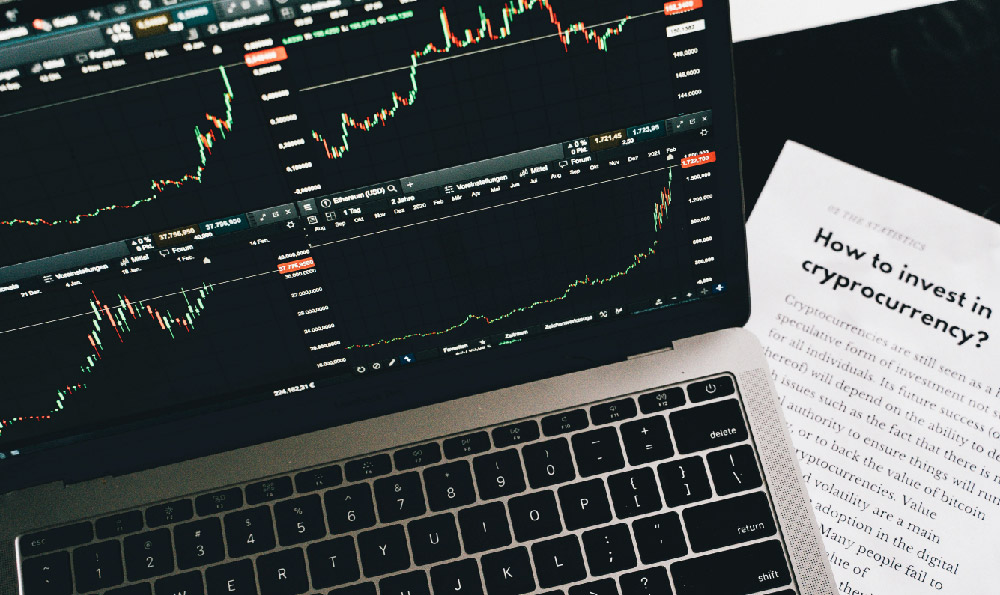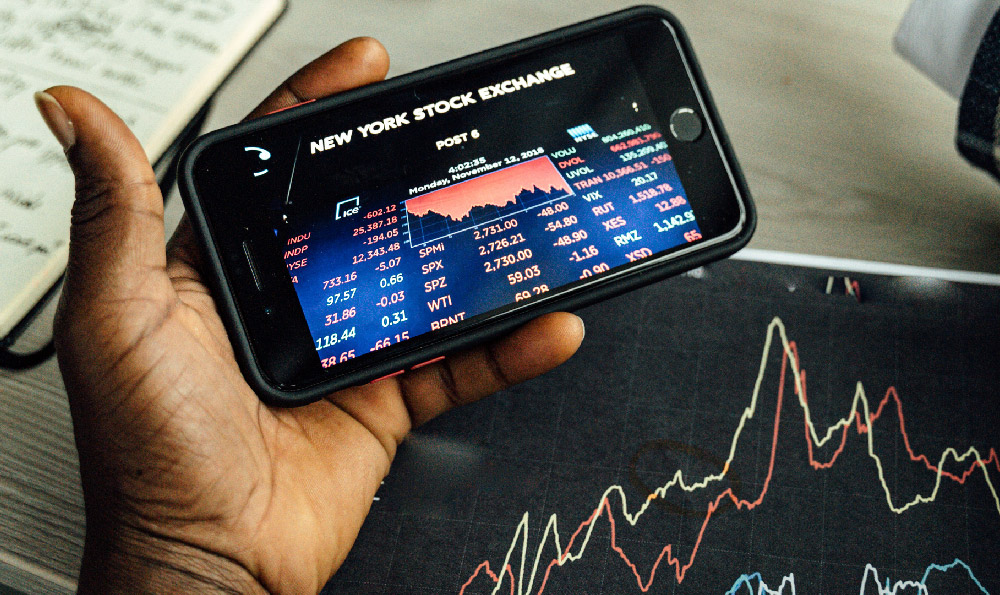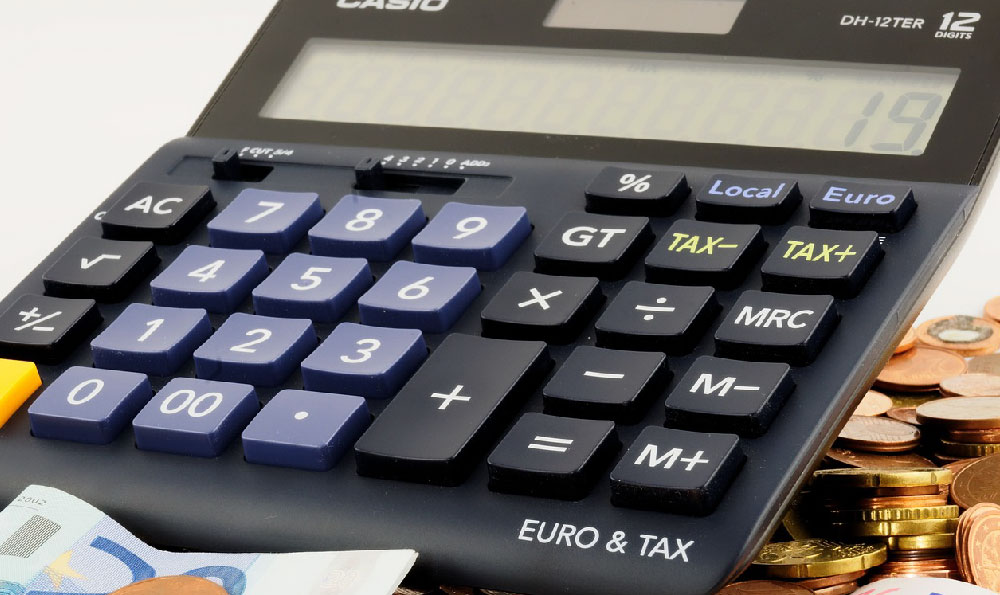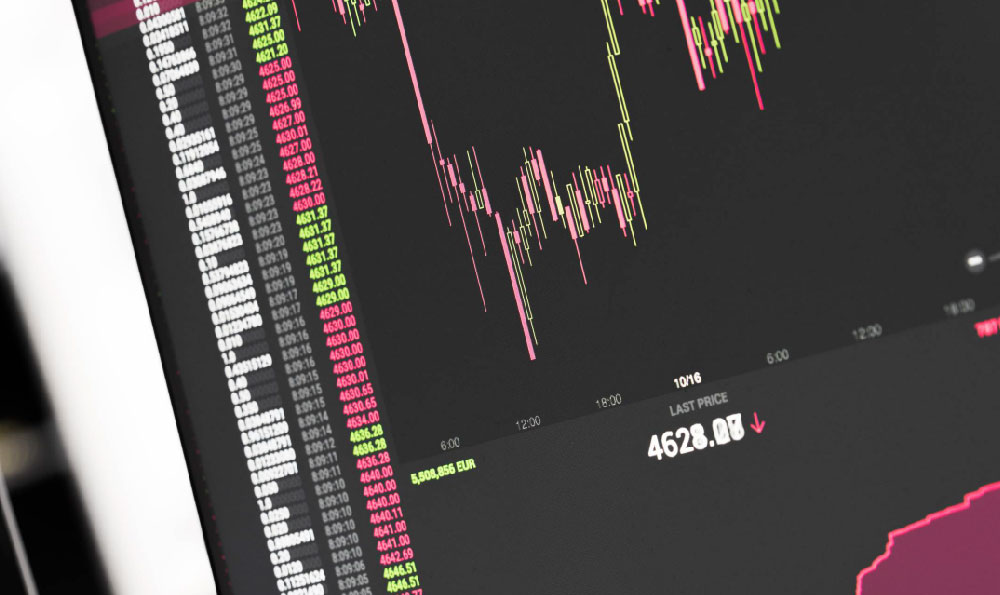The allure of quick riches through cryptocurrency trading is undeniable. Headlines scream of overnight millionaires, fueling the dream of financial freedom with a few well-placed clicks. However, the reality is far more nuanced and requires a balanced understanding of both the potential rewards and the inherent risks. The question isn't just whether making money trading cryptocurrency is possible, but whether it's probable for the average individual, and what steps can be taken to tilt the odds in their favor.
The possibility hinges on a confluence of factors, including market knowledge, risk management, emotional control, and a bit of luck. The cryptocurrency market is notoriously volatile, driven by news cycles, regulatory shifts, technological advancements, and, perhaps most significantly, social sentiment. This volatility can create opportunities for profit, but it also amplifies the potential for significant losses. A trader must possess a deep understanding of these market dynamics and be able to anticipate potential price swings, not just react to them.
Gaining this understanding necessitates a commitment to continuous learning. This goes beyond simply reading news articles or following popular influencers. It involves studying the underlying technology of different cryptocurrencies, understanding the principles of blockchain, analyzing market charts and technical indicators, and staying abreast of regulatory developments globally. Platforms like CoinMarketCap, CoinGecko, and TradingView offer invaluable resources for tracking market data and analyzing price movements. Delving into the whitepapers of specific cryptocurrencies is crucial to understanding their purpose, technology, and potential.

Technical analysis is a powerful tool for identifying potential trading opportunities. Chart patterns, such as head and shoulders, triangles, and flags, can provide clues about future price movements. Indicators like moving averages, relative strength index (RSI), and MACD (Moving Average Convergence Divergence) can help traders gauge momentum, identify overbought or oversold conditions, and confirm potential trend reversals. However, it's important to remember that technical analysis is not foolproof. It provides probabilities, not guarantees, and should be used in conjunction with other forms of analysis.
Fundamental analysis, which involves evaluating the underlying value of a cryptocurrency based on factors such as its technology, adoption rate, team, and market capitalization, is equally important. Identifying cryptocurrencies with strong fundamentals can help traders make informed investment decisions and avoid being caught up in hype-driven bubbles. Look for projects with a clear use case, a strong development team, a growing community, and a sustainable business model.
Beyond knowledge, risk management is paramount. No matter how skilled a trader is, losses are inevitable. The key is to manage those losses effectively and prevent them from spiraling out of control. This involves setting stop-loss orders to automatically exit a trade if it moves against you, diversifying your portfolio across multiple cryptocurrencies to reduce the impact of any single asset's performance, and only investing what you can afford to lose. The "golden rule" of investing – never invest more than you can comfortably afford to lose – is particularly relevant in the volatile world of cryptocurrency.
A crucial aspect of risk management is position sizing. Determining the appropriate amount of capital to allocate to each trade is essential for preserving capital and maximizing potential returns. A common strategy is to risk only a small percentage of your trading account on each trade, typically between 1% and 2%. This helps to prevent a single losing trade from wiping out a significant portion of your capital.
Emotional control is often the most challenging aspect of cryptocurrency trading. The market's volatility can trigger strong emotions, such as fear, greed, and FOMO (fear of missing out), which can lead to impulsive decisions. Traders must learn to control these emotions and stick to their trading plan, even when the market is moving rapidly. Avoid chasing pumps, selling in panic, or deviating from your predetermined strategy.
Furthermore, understanding the different types of cryptocurrency exchanges and wallets is critical for protecting your assets. Centralized exchanges offer convenience and liquidity, but they also carry the risk of hacks and regulatory scrutiny. Decentralized exchanges offer greater security and control, but they can be more complex to use. Choosing the right exchange depends on your individual needs and risk tolerance. Similarly, selecting a secure wallet, whether it's a hardware wallet, a software wallet, or a paper wallet, is essential for safeguarding your cryptocurrency holdings. Always use strong passwords, enable two-factor authentication, and keep your private keys secure.
Finally, beware of scams and fraudulent schemes that are prevalent in the cryptocurrency space. Promises of guaranteed returns, get-rich-quick schemes, and fake ICOs are common tactics used by scammers to lure unsuspecting investors. Always do your own research, be skeptical of unsolicited offers, and never invest in anything you don't fully understand. If it sounds too good to be true, it probably is.
In conclusion, while making money trading cryptocurrency is indeed possible, it requires a significant investment of time, effort, and resources. It's not a get-rich-quick scheme, but rather a skill that needs to be developed through continuous learning, disciplined risk management, and emotional control. By approaching the market with a rational and informed mindset, and by avoiding common pitfalls, individuals can increase their chances of achieving financial success in the dynamic world of cryptocurrency trading. The key is to treat it as a serious endeavor, not a gamble.












